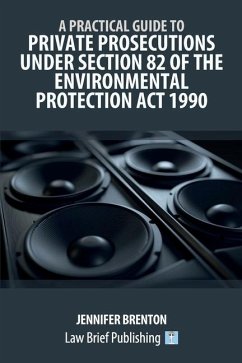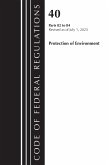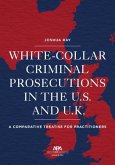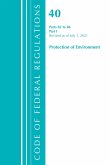Section 82 of the Environmental Protection Act 1990 provides a mechanism by which a "person aggrieved" (usually a tenant) can take the "person responsible" (usually the landlord) to the Magistrates' Court seeking an order compelling them to abate a "nuisance" at the property in which they live, compensation and/or a fine and also an order requiring them to pay the costs of the proceedings. These cases are on the rise. As they rise, the litigation is becoming more protracted and the issues are becoming more complex. To compound the problem, the courts are often unfamiliar with this area of law. S82 EPA is highly unusual; criminal proceedings (with a criminal burden and standard of proof) take place when there has not actually been a criminal offence. Questions such as who should be prosecuted (under s82(4)) are nowhere near as straightforward as they appear. The definition of "person responsible" provides fruitful ground for endless argument. The approach to assessing the mandatory costs order (under s82(12)) and the status of funding under Conditional Fee Agreements are widely misunderstood. This book is a guide for solicitors and barristers alike to conducting these proceedings. It provides a summary of the main areas of law as well as practical advice on dealing with the particularities and peculiarities of these cases. It is written from the perspective of a prosecutor but intended to be of equal assistance to the defence, and even (hopefully) to the courts. CONTENTS Chapter One - Introduction Chapter Two - What is a Statutory Nuisance? Chapter Three - The Person Aggrieved & The Person Responsible (or Owner) Chapter Four - Two Points in Time: s82(2) v s82(12) Chapter Five - Commencing Proceedings Chapter Six - Expert Evidence Chapter Seven - Disclosure Chapter Eight - Sentencing Chapter Nine - Settling Cases Chapter Ten - Conditional Fee Agreements
Hinweis: Dieser Artikel kann nur an eine deutsche Lieferadresse ausgeliefert werden.
Hinweis: Dieser Artikel kann nur an eine deutsche Lieferadresse ausgeliefert werden.








